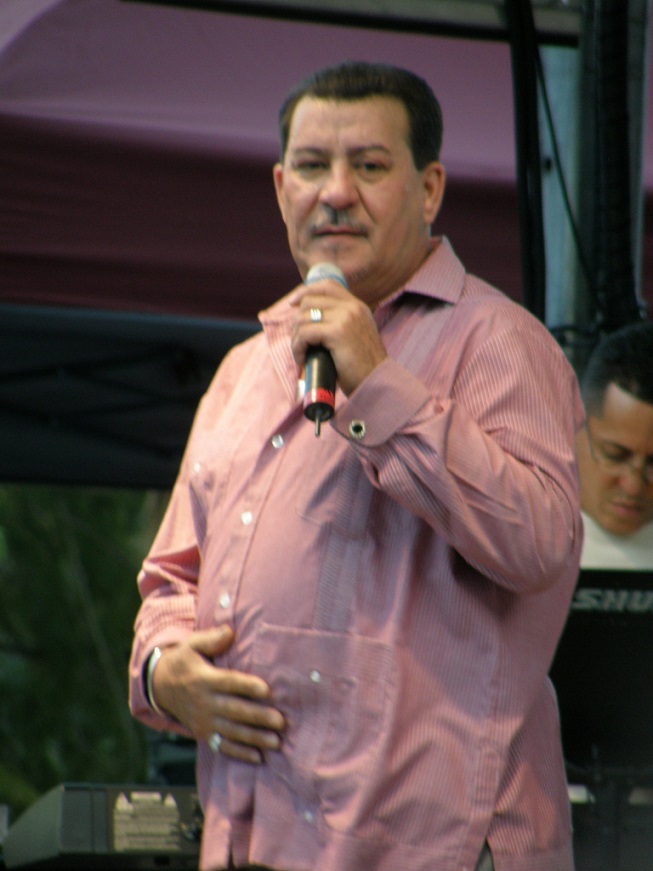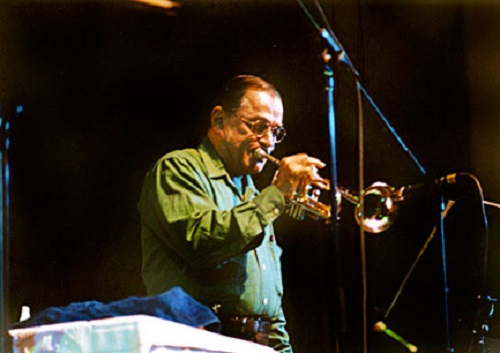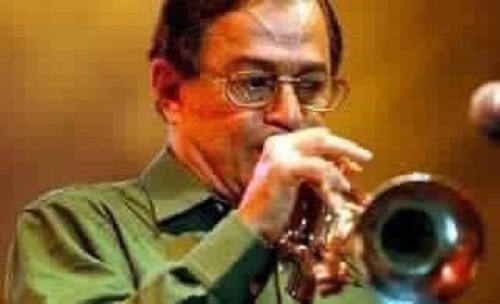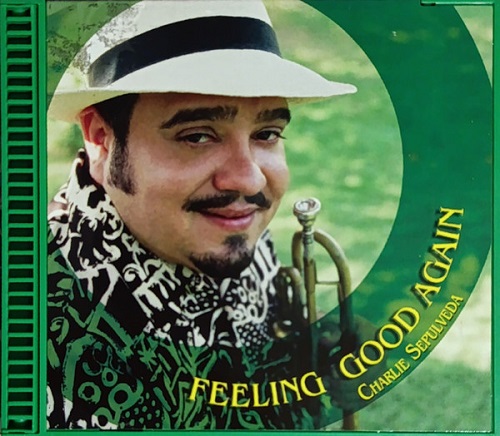Latino America/ Puerto Rico/ Humacoa
Tito Rojas, The Salsa Rooster
Julio César Rojas López better known as Tito Rojas was born in Humacao, Puerto Rico, June 14, 1955, is a Puerto Rican salsa singer.
Tito Rojas grew up and was educated in the city of Humacao, located on the eastern coast of Puerto Rico, where he attended primary and secondary school. From an early age Rojas enjoyed singing salsa to his family and friends.
In 1974 he had an audition with Pedro Conga and his International Orchestra. He sang the song ««Olvídate de mí»» accompanied by the orchestra and Pedro Conga hired him as a singer.

Some time later he left the band to join the “Borincuba Set”, led by Justo Betancourt, as lead vocalist. With this orchestra he participated in the recording of “Con amor” (“With Love”), becoming a success in 1978.
After a while, Rojas formed his own short-lived band, Conjunto Boricano. Between 1987 and 1988 he sang, with good success, salsa versions of “Noche de boda” and “Quiéreme tal como soy” together with the “Puerto Rican Power”.
In 1990, Rojas recorded the successful lp Sensual as a soloist for the “Musical Productions” label. Tito Rojas from 1992, A Mi Estilo” from 1993 and in 1995 he recorded in his own right, which he placed on Billboard’s Latin hits list.
He gained recognition from the recording industry by winning the double Platinum Album, the Paoli Award for “Best Salsa Artist of the Year” and the “ACE” award.
In 1996, Rojas had other successes with Humildemente and Pa’l pueblo, as well as 20º Aniversario, Alegrías y penas and Navidad Con Tito Rojas in 1999 and continued in the following years with the albums in 2000 Rompiendo noche, 2001 Auténticamente en vivo and Quiero. arriving home in 2003 Canta el gallo and Perseverancia 2004 The same as always, Fighting Hard and Traditional, 2005 Slate and new account, 2006 Better Than Always, 2007 No Comments and Successes and More

Tito Rojas is currently performing concerts and tours around the world.











